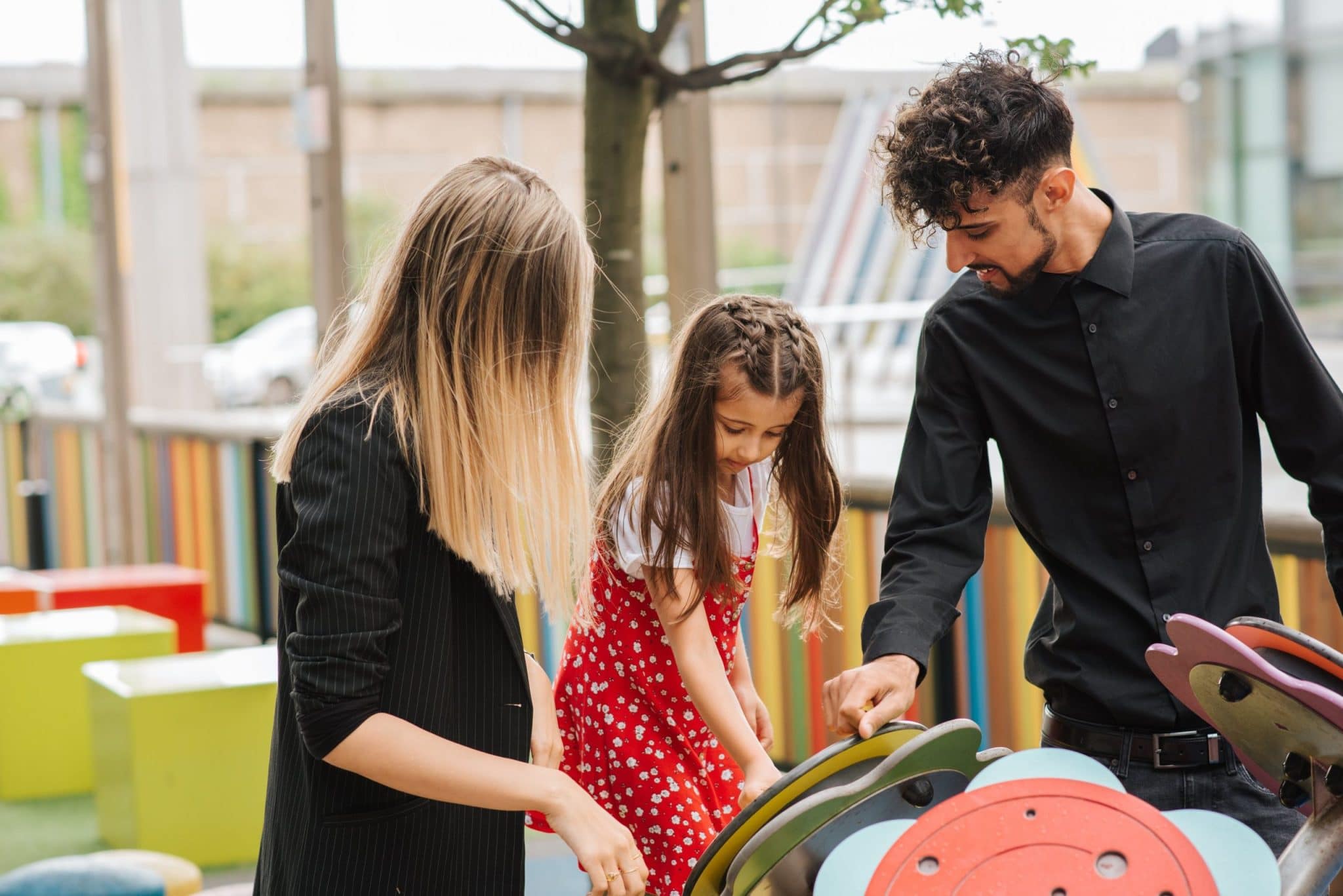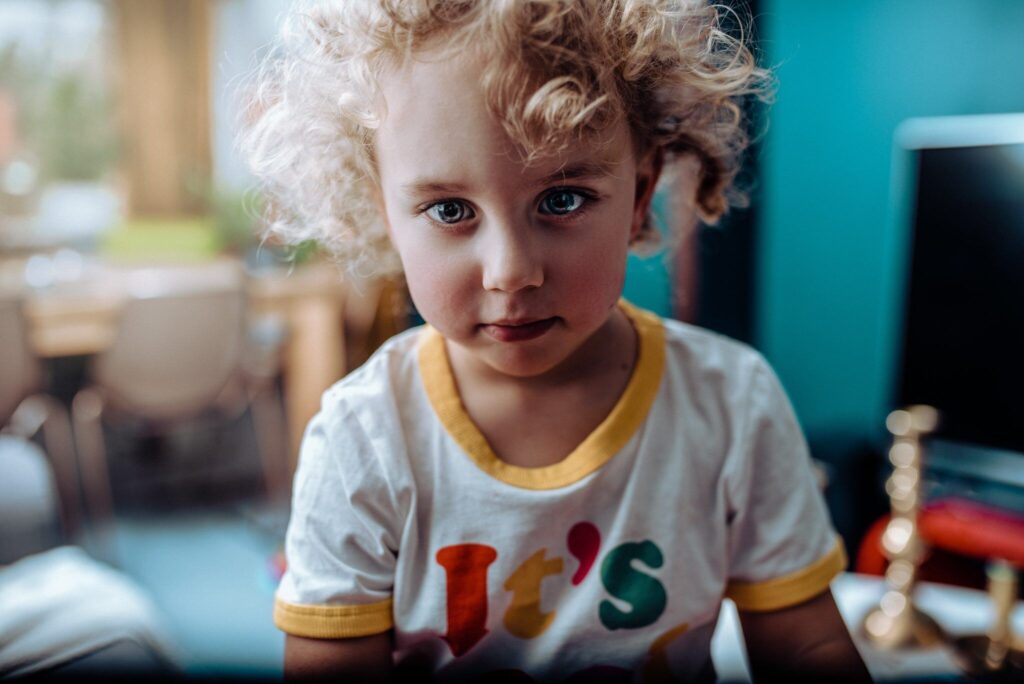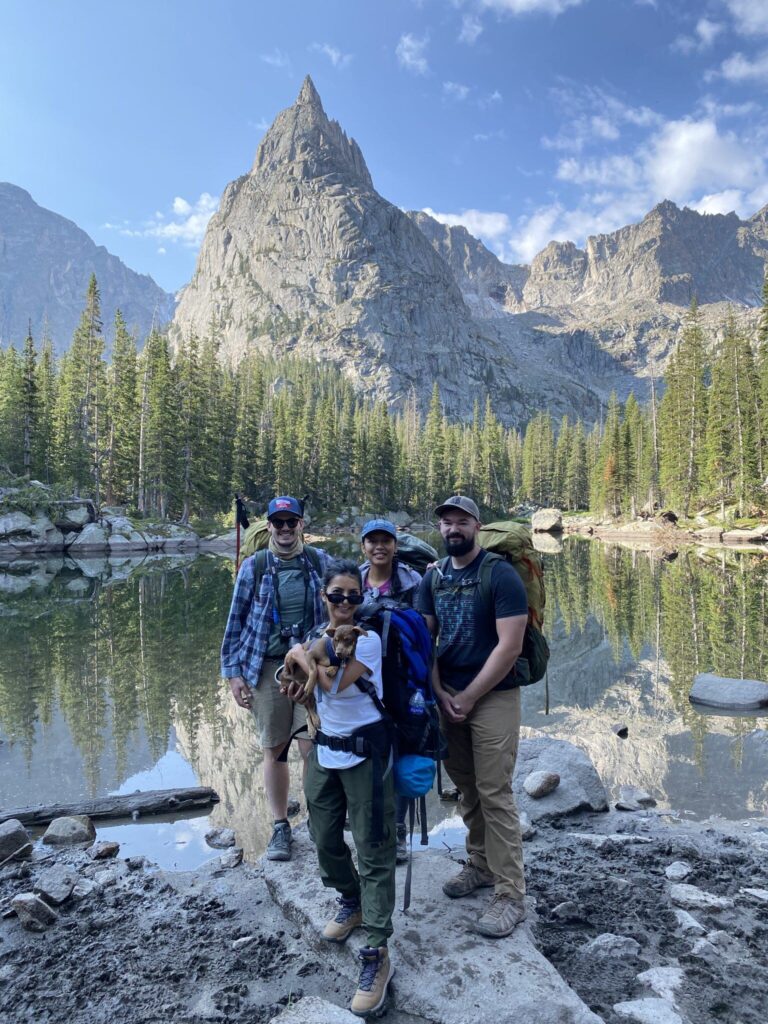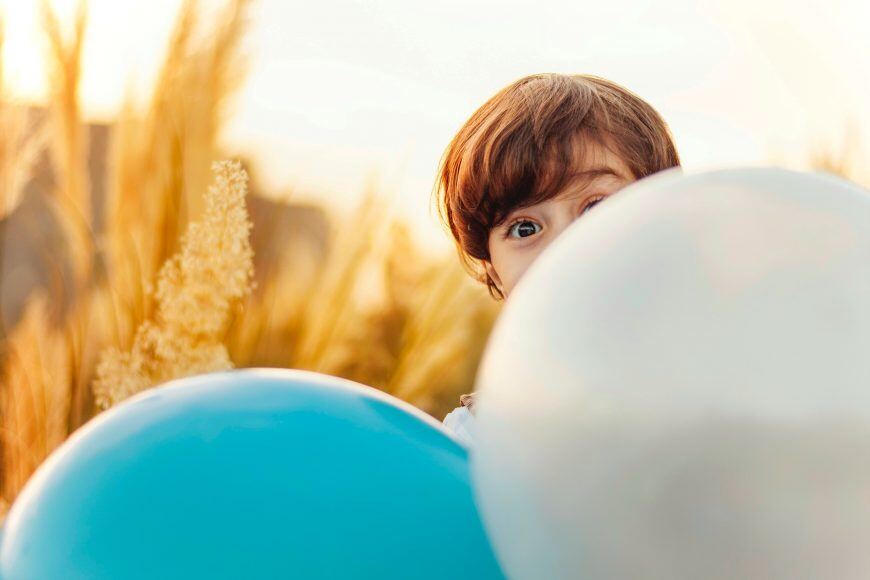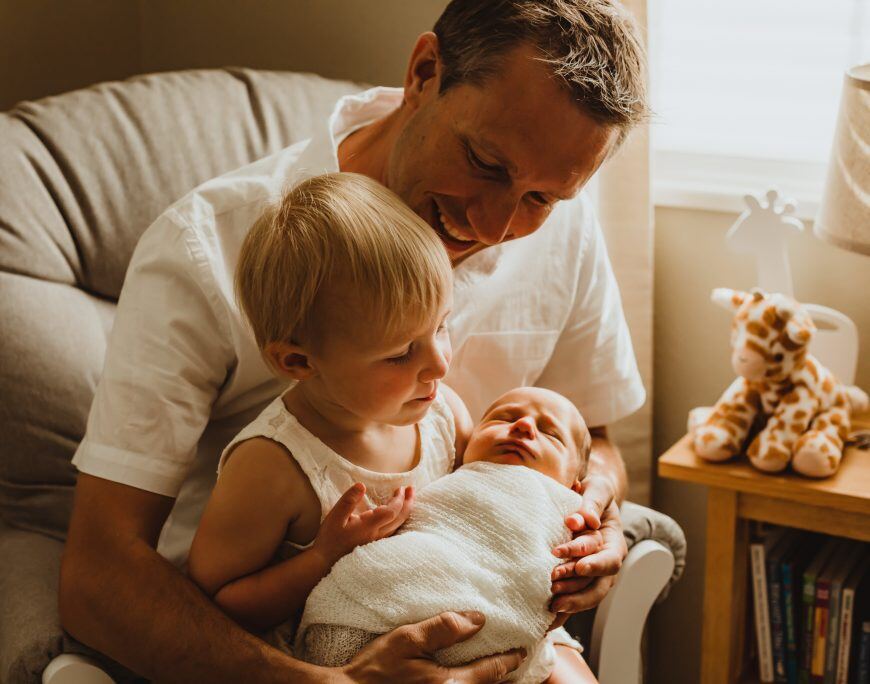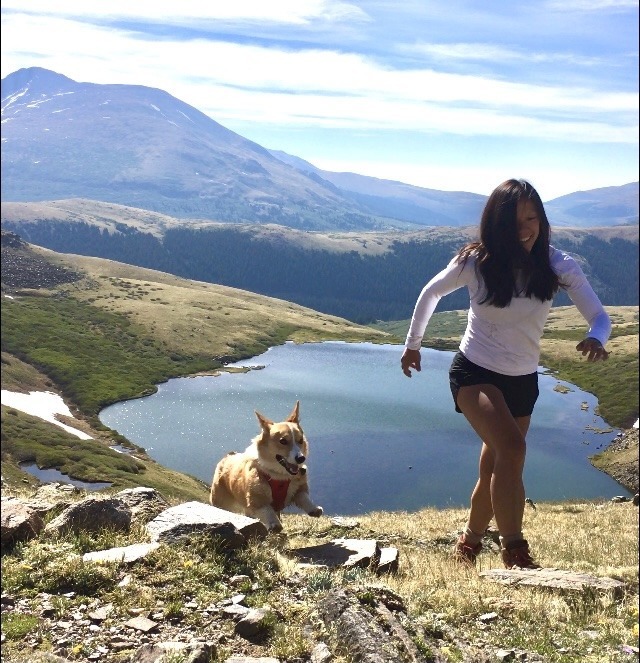Watching a child grow and develop through the first several years of their life is a marvelous experience. It is a wonder to see them tackle and even solve one cognitive, physical, or emotional puzzle after another, and learn new ways to approach these challenges at light speed.
As children develop, they take on increasingly complex tasks as they mature in mind, body, and emotion. Each child is different, with their own unique pace as they grow through these developmental stages. Most children do not necessarily go through each and every one of the known developmental milestones and even small variations in reaching milestones are normal across individuals. However, if you have noticed an ongoing and continuous delay in your child’s day-to-day behavior in one of the mentioned areas below, it could indicate that now is a good time for identification and intervention with therapeutic support to prepare them for their future. Acting early can make a considerable difference!
What are Developmental Milestone Delays?
According to the Centers for Disease Control and Prevention, 17% of children between the ages of 3 and 17 have a developmental delay. Developmental milestones are typically identified in children as early as 2 months and as old as 5 years of age, and are connected to a child’s behavior relating to the following categories:
- Social and emotional interactions
- Language/communication opportunities
- Cognitive moments (learning, thinking, problem-solving)
- Overall movement and physical development scenarios
Some examples of these delays at various ages may look like:
- Floppy or loose trunks and limbs
- Not watching things as they move
- Showing no affection for caregivers
- Does not babble (“mama,” “baba,” “dada”)
- Does not learn gestures like waving or shaking head
- Does not make eye contact
These are examples of only a few of the behavior benchmarks that can be observed and provide considerable clues to understand if your child might be experiencing a delay. If you have any serious cause for concern you should have a discussion with your child’s doctor.
What Causes Developmental Milestones
Identifying the cause of a child’s developmental milestone delay can be challenging because of the various factors that can contribute to the diagnosis. Most delays are present before a child is born due to some underlying medical condition or problems during pregnancy. Similarly, infection, injury, complications during childbirth, along with a variety of other factors can contribute to developmental delays after birth as well. Still yet, some delay symptoms may reveal the presence of Autism Spectrum Disorder (ASD) which can often be present but not noticed until the child reaches 2 to 3 years of age.
Helping Children With a Delay in Developmental Milestones
If you’re concerned that your child may have a delay the very best thing to do is consult with a doctor and get started with pediatric therapeutic support as soon as possible. You will find that treatments vary depending on the specific delay. Sometimes a delay will require physical therapy for assistance with body control and movement, occupational and speech therapy may be necessary for other milestone delays, and in some cases even medications may be prescribed if needed.
Each child is so unique that their therapy may encompass several different approaches. Starting with an evaluation from a pediatrician and working together to develop a treatment plan tailored to your child’s specific needs and milestone delays is crucial.
There are very effective in-home and telehealth early intervention therapies. When supported by experienced and specialized teams practicing evidence-based techniques, a child can receive the support they need to reach and surpass the developmental milestones necessary for their future. By identifying developmental delays early you can ensure your child gets the necessary tools to lead a fulfilling life.
